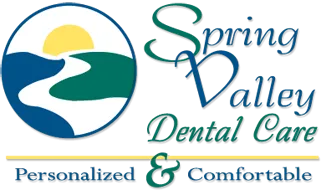Gum disease, also known as periodontal disease or periodontitis, is a bacterial infection that inflames the soft tissue around your teeth and becomes more severe if left untreated. Over time, gum disease will erode the bone that supports your teeth, leading to tooth mobility and loss.
Depending on the stage of progression, gum disease causes red, swollen, tender, receding, and bleeding gums, periodontal pockets, halitosis, pus-filled abscesses, gapping, and changes in bite. When prevention is no longer an option, especially in the later stages when damage is permanent, nonsurgical and surgical treatments are available to reduce the effects of gum disease.
Gum Disease Treatments
Treatment is always going to be dependent on the stage of gum disease. There are many options available, both nonsurgical and surgical.
Nonsurgical Treatments
- Antibiotics: Oral antibiotics, either in pill or topical form, may be enough to fight off infection.
- Scaling and root planing: Similar to a routine dental cleaning, SRP cleans much deeper. Local anesthesia will need to be used to numb your gums while your dental hygienist cleans away bacteria underneath your gum line and smooths the tooth roots to prevent further plaque and bacteria from accumulating beneath your gum line.
Surgical Treatments
- Flap surgery: Your periodontist will make an incision along your gum line, temporarily shifting the gum tissues away from your teeth. With the tooth roots more easily seen, your periodontist is able to clean them more thoroughly. If bone loss has occurred, your periodontist may re-contour your bone ridge to make it easier for your daily oral hygiene routine.
- Dental bone grafts: If a significant amount of bone loss has occurred, bone-grafting material will be placed in areas where there is a lack of bone tissue. Dental bone grafts serve as a “scaffolding” to encourage new bone growth.
- Gum grafts: Gum disease causes gum recession, so a gum graft might be necessary to restore lost tissue around your teeth. Tissue is obtained from the roof of your mouth or a tissue bank and is sutured into the areas lacking gum tissue.
- Guided tissue regeneration: A biocompatible membrane will be placed between your existing bone and tooth, keeping unwanted tissue from growing in the area and allowing bone to grow instead.
- Platelet-rich plasma (PRP): This procedure helps regenerate bone or gum tissue. Platelet-rich plasma is taken from a sample of your blood, is then placed in a centrifuge to separate red and white blood cells, and finally the plasma is placed in areas lacking bone or tissue to encourage growth.
